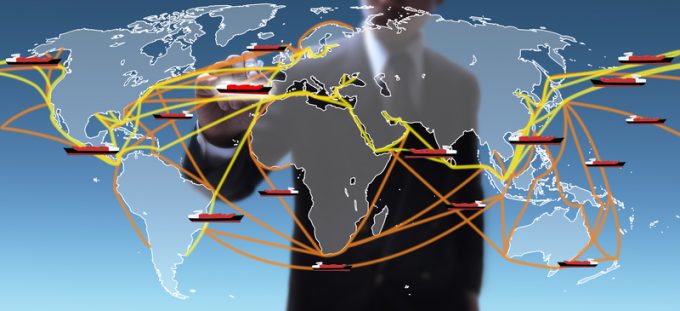DCSA makes case for interoperability with new 'standard'
The Digital Container Shipping Association (DCSA) has launched its Commercial Schedules 1.0 Standard, designed to ...

Headlines reporting supply chain disruption have been all too frequent in recent times. Port congestion, fleets out of position and goods held up in the system are an all too familiar refrain.
Supply chain stakeholders mitigate disruption through planning and operational measures. However, effective information exchange ...

Comment on this article